A World of Books and Children
Search and enjoy 8 years of posts chock-filled with ideas from It’s OK Not to Share and beyond.
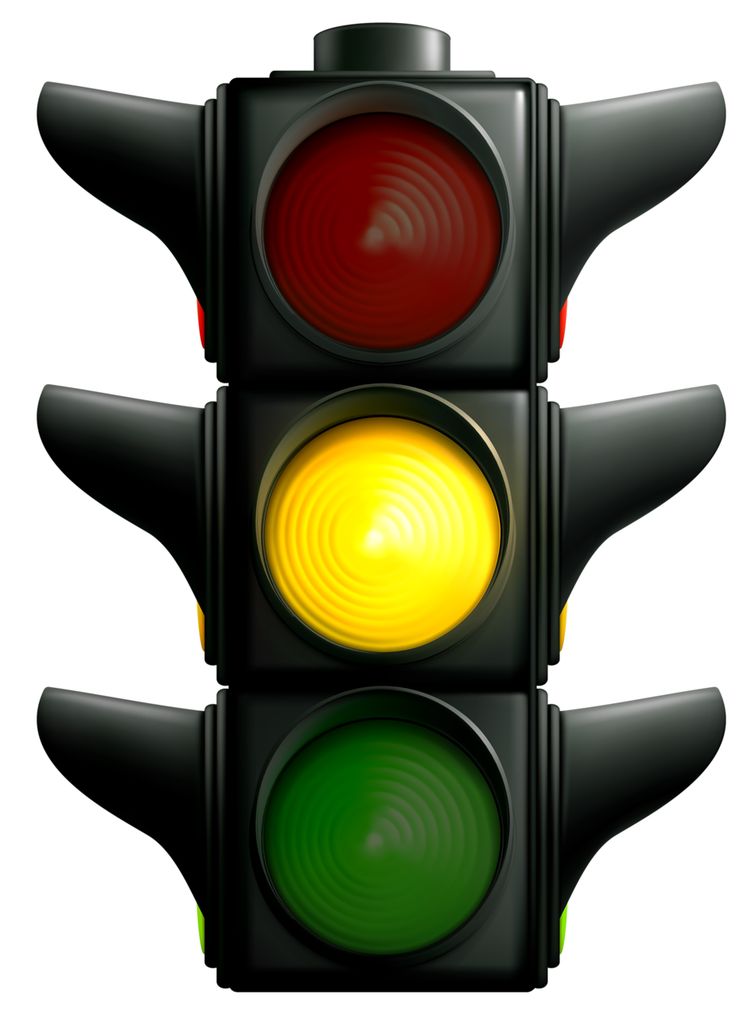
Red light - you're out. When it comes to behavior charts, adult behavior needs to change.
I'm not a fan of behavior charts. You've probably seen them - red, yellow and green stoplight-like charts ubiquitous in preschool and kindergarten classrooms. Kids get put in the red category if they're "bad." The chart is posted in a visible place where everyone can see.
There's so much wrong about behavior charts, I don't know where to start, but most of it comes down to this: adults need to change their behavior.
You're being bad =Vague Moving a child's name from the green/ good side to the yellow and red side of the chart usually doesn't give the child any information except: "I'm in trouble." Many times kids don't know what they did that was wrong or disturbing. Much better to be specific. State what the child was doing and what needs to stop or change. Set a limit. No need to have red and green stop lights to do that.
Targets You know who they are. Usually the same ones day after day. Kids who are restless, need to move their bodies, poke their neighbors or talk. These are often the most active kids. Often boys. Often ones with the least experience with impulse control and social learning. Behavior charts don't change that dynamic, they just put the same kids in red day after day while other kids sail through as green and good.
I'm a bad kid Kids who are repeatedly labeled as having bad behavior tend to internalize and think: "I'm a bad kid. The teacher doesn't like me. School isn't for me." This is a rotten way to start 12-13 years of learning. Learning comes alive with joy, curiosity, encouragement, self-confidence and ability to make mistakes and still be accepted.
Incorrect adult expectations Often, what's wrong is not so much the wriggling child who pokes her neighbor, but the fact that the kids have been sitting too long, perhaps with an un-engaging curriculum. The antidote to that is a different instructional style. If kids are truly engaged, behavior is much more likely to be positive and focused. Try more hands-on learning and more recess.
Respecting needs What's misbehavior? All too often, what adults call misbehavior is simply unmet needs. Young kids have a need to move their bodies. Are we providing that? Is there time and space and acceptance for active children?
Skill learning Behavior charts are a technique to control, but what is the learning goal? Do they teach anything? The only way kids can truly change behavior is by gaining skills (social/ emotional learning; conflict management skills) and gaining maturity. These both take time and practice.
Public shaming Shaming shuts kids down. It doesn't solve problems. It doesn't respect kids. Some kids, often including first-borns, only children, boys, and many others based on personality, are especially shame-phobic. They hate making mistakes and hate public shaming. Shaming kids often backfires.
Loss of recess Depending on the system, getting to red often means something even more terrible: loss of recess. Kids need recess protected for the sake of their own learning and mental health. Read more about recess.
Sometimes I think about how well we adults would do if someone erected a giant behavior chart for us during the day. Scream at the kids getting out the door in the morning (move from green to yellow); get grumpy at someone at the gas station (move from yellow to red); procrastinate and not get something done (we're already lower than red, now we have to skip our coffee break). By 10am, we might be hopelessly irredeemable.
I'm glad there's no Giant Behavior Chart in the Sky hovering over our adult lives. There shouldn't be for children either. Kids have less experience coping with their bodies and feelings than we do. They need useful guidance learning how to express themselves appropriately - and that goes beyond red-yellow-green.
Have any behavior chart stories? What's worked for you getting beyond behavior charts?
Interested? Read more in Heather Shumaker's books on renegade parenting.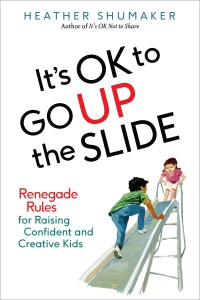
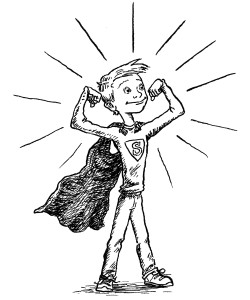
Kids are constantly finding new identities. Breaks help kids find the new "me."
It's fall, and kids have a summer-full of learning inside them. What's more important than the "summer slide" of school skills is the fact that these are NEW people heading back to school. Summer gives a chance to restart.
However you spend your summer, kids are soaking up new experiences. They're not the same as who they were last spring. The break is big enough to create a real break.
Breaks. We all need breaks. To reinvent. Refresh. Remember who we are, and discover who we are. Not who we were last year or last month, but who we are now.
Think about this proverb: "If you want to know where your heart is, look to where your mind goes when it wanders." For children, where the mind wanders is called "Play."
Regular schedules accomplish certain goals, but breaks are where our minds wander, where we encounter real life (good or bad) and where we are free from being judged by last year's standards. For an adult, a break gives us the chance to remember or refocus our priorities. For kids, a break is a time to discover identity and make new leaps as it changes.
Without breaks, we just carry on. Carry on in our habits. Carry on with our judgments about a child's abilities or behavior. Carry on without thinking. A child who's been labeled as a troublemaker just continues that "I'm no good" mindset if there's no break. A child who's exploring new thoughts and friends can get stuck without a break.
A break can be an open door.
Breaks are essential for restarting life. And there are all kinds of breaks besides holidays from school routines and teachers. Our kids need breaks from us as parents, from the grip of regular friendships, and from constant sibling contact. Any of these can stifle kids without a few healthy breaks.
So if you're the one who always puts your child to bed, trust your partner or a sitter to do it. Or see what happens when you separate siblings for a bit. Even a short break can help everyone realize we've been stuck in a rut.
It's hard to see incremental changes when we live with kids day to day. "Look how they've grown!" aunts and uncles remark after a gap of time in seeing the kids. We also need to be saying: "Look how they've grown inside."
Have you seen a child change into being "a new person" after a break or summer vacation? What types of summer learning do you see children do? Do you find it easy to see the present child, not the past one (from three months ago)?
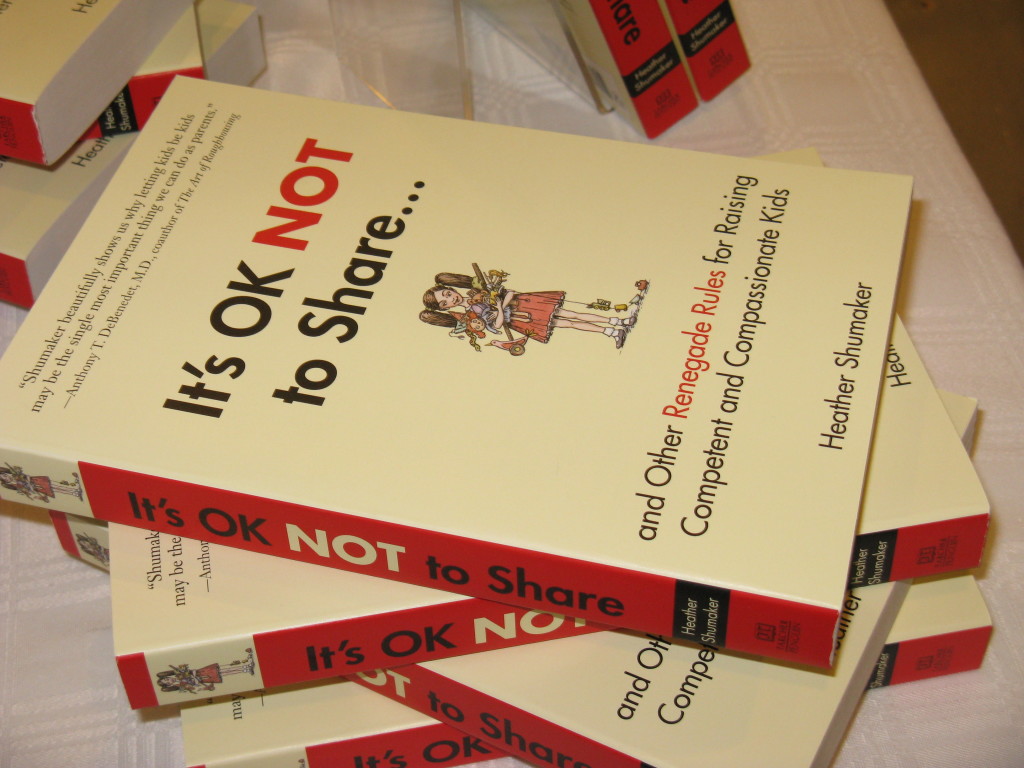
Win a copy of this book. Or choose another! Four books to choose from if you enter with a review.
It's time to celebrate kids and summer - summer reading that is. Some of you may already be back to school, but there's still time to dig into good books. And win books!
For the finale to the Book-Lover’s Summer Giveaway, I'm offering four fascinating parenting books. If you're the first name I draw, you get first pick of the titles. The second winner gets to pick from the remaining titles, and so on.
To enter, show your love for books. Here’s how:
1) Show your love for books by posting a book review on Amazon and/or Goodreads. You can review any book – It’s OK to Go Up the Slide, Saving Arcadia, or any book you like that’s ever been published. Honest reviews only – that’s what readers want.
2) Leave a comment on this blog or my Facebook page, Heather Shumaker Writer saying which book you chose to review. That’s it! You’re entered to win. (Winners drawn with a random number generator; U.S. mailing addresses only).
Winners will be drawn on September 5th.
The books are...
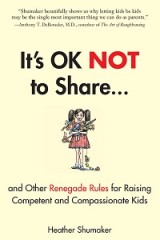 It's OK Not to Share by Heather Shumaker This is my first book, the one that started it all. If you have young children with big feelings, active bodies and strong opinions who love to play, this book is for you. Or for a friend or family member if you already have one. Maybe yours is dog-eared and you need a fresh copy? Write a review ("It's OK to Go Up the Slide" needs more reader reviews).
It's OK Not to Share by Heather Shumaker This is my first book, the one that started it all. If you have young children with big feelings, active bodies and strong opinions who love to play, this book is for you. Or for a friend or family member if you already have one. Maybe yours is dog-eared and you need a fresh copy? Write a review ("It's OK to Go Up the Slide" needs more reader reviews).
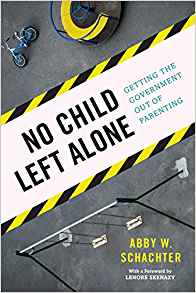 No Child Left Alone by Abby Schachter Do you love Free-Range Kids? This timely book shows us just how far American government interferes with raising independent kids. If you're wondering if your child will be picked up by the police for walking home from the park alone, read this book.
No Child Left Alone by Abby Schachter Do you love Free-Range Kids? This timely book shows us just how far American government interferes with raising independent kids. If you're wondering if your child will be picked up by the police for walking home from the park alone, read this book.
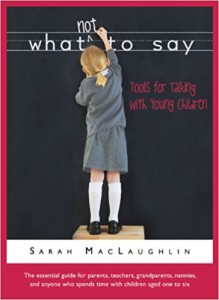 What NOT to Say by Sarah MacLaughlin Be a big boy. I'm going to leave without you. That didn't hurt. There's nothing to be afraid of. What's the magic word? Do you want a spanking? This little book unpacks all the common phrases parents say in our culture, and exactly what's wrong with them.
What NOT to Say by Sarah MacLaughlin Be a big boy. I'm going to leave without you. That didn't hurt. There's nothing to be afraid of. What's the magic word? Do you want a spanking? This little book unpacks all the common phrases parents say in our culture, and exactly what's wrong with them.
 Discovering the Culture of Childhood by Emily Plank This gem from Emily Plank gets us to think about children on a new level. Not as unformed, imperfect adults, but as fully formed children. You may discover ideas you've never thought of before.
Discovering the Culture of Childhood by Emily Plank This gem from Emily Plank gets us to think about children on a new level. Not as unformed, imperfect adults, but as fully formed children. You may discover ideas you've never thought of before.
Intrigued? Ready to enter? Just add a review by Sept. 5 and get ready to add new ideas to your life with a new book.
What titles are you eager to share with others? Read any good books lately?
